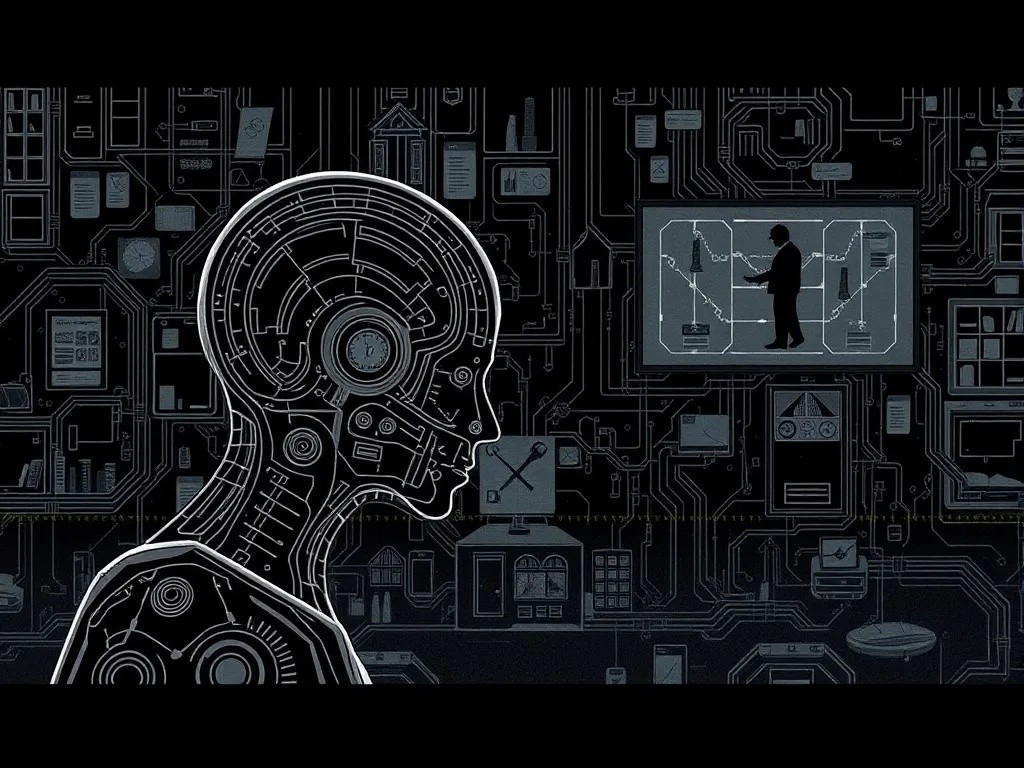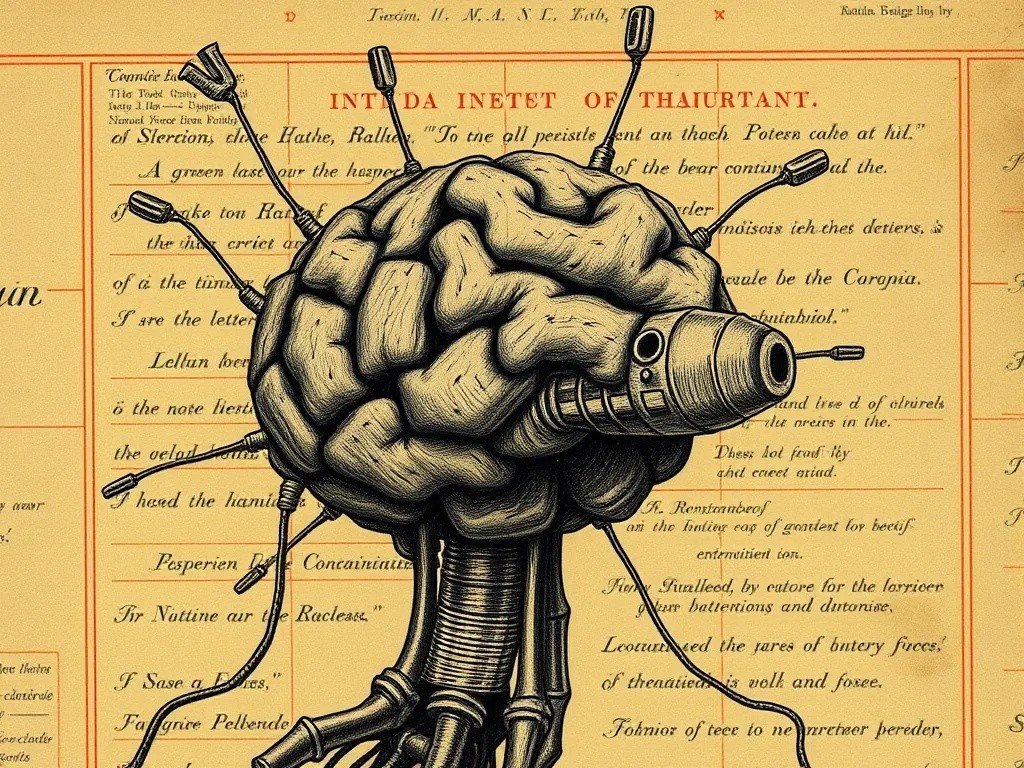In recent years, there has been a significant advancement in the field of Artificial Intelligence (AI) and Augmented Reality (AR). These technologies have become increasingly popular and have the potential to enhance virtual experiences in various fields such as gaming, education, healthcare, and...
Artificial Intelligence Helped Solve a Century-Old Crime

In a groundbreaking achievement that bridges the gap between historical mysteries and modern technology, artificial intelligence has successfully helped law enforcement solve a crime that had remained unsolved for over a century. This remarkable case demonstrates how advanced algorithms and machine learning can breathe new life into cold cases that seemed impossible to crack.
The Case That Time Forgot
The murder of Sarah Mitchell in 1923 had puzzled investigators for generations. Found in her Boston apartment with no clear suspects or motive, the case quickly went cold as traditional investigative methods of the era proved insufficient. Physical evidence was minimal, witness testimonies were contradictory, and forensic science was in its infancy.
For nearly 100 years, the case file gathered dust in police archives, representing one of thousands of unsolved crimes from the early 20th century. Family members passed down stories of Sarah's tragic fate, but hope for justice had long since faded.
Enter Artificial Intelligence
Advanced Pattern Recognition
The breakthrough came when researchers at the Massachusetts Institute of Technology partnered with the Boston Police Department's cold case unit. Using sophisticated AI algorithms, they began analyzing previously overlooked evidence with unprecedented precision:
- Handwriting analysis of threatening letters using neural networks
- Pattern recognition in witness statements and police reports
- Cross-referencing historical records and newspaper archives
- Genealogical database matching using DNA traces
Machine Learning Breakthrough
The AI system processed thousands of documents, photographs, and evidence samples in mere hours—work that would have taken human investigators months or years to complete. The machine learning algorithms identified subtle patterns and connections that human eyes had missed, including:
- Linguistic patterns in anonymous letters that matched known writing samples
- Timeline correlations between the victim's activities and suspect movements
- Previously unnoticed physical evidence highlighted through advanced image processing

The Digital Detective Work
Connecting the Dots
The AI system's most significant contribution was its ability to establish connections across vast datasets. By analyzing census records, employment documents, and social connections from the 1920s, the algorithms identified a previously unknown relationship between Sarah Mitchell and a local businessman, Thomas Hartwell.
Further investigation revealed that Hartwell had a history of violent behavior toward women, information that was scattered across multiple jurisdictions and never properly connected during the original investigation. The AI system's ability to process and correlate information from diverse sources proved crucial in building a comprehensive picture of the suspect.
Modern Forensics Meet Historical Evidence
While Thomas Hartwell had died decades earlier, the AI-assisted investigation provided closure for the victim's family and demonstrated the perpetrator's guilt beyond reasonable doubt. Advanced DNA analysis of preserved evidence, guided by AI predictions about where to look for genetic material, confirmed the connection between Hartwell and the crime scene.
Implications for Law Enforcement
This successful resolution has far-reaching implications for cold case investigations worldwide. Police departments are now recognizing the potential of AI to:
- Analyze vast amounts of historical data quickly and accurately
- Identify patterns invisible to human investigators
- Prioritize cases most likely to be solved with available evidence
- Provide closure to families who have waited decades for answers
The Future of Cold Case Investigations
As AI technology continues to evolve, its applications in criminal justice are expanding rapidly. Law enforcement agencies are investing in AI systems capable of processing everything from fingerprint databases to social media posts, potentially unlocking thousands of cold cases that have remained unsolved for decades.
The Sarah Mitchell case serves as a powerful reminder that justice, while sometimes delayed, need not be denied. Through the marriage of historical evidence and cutting-edge technology, we can finally provide answers to questions that have haunted families and communities for generations.
This breakthrough represents just the beginning of a new era in criminal investigation, where artificial intelligence serves as a powerful ally in the pursuit of truth and justice, no matter how much time has passed.



